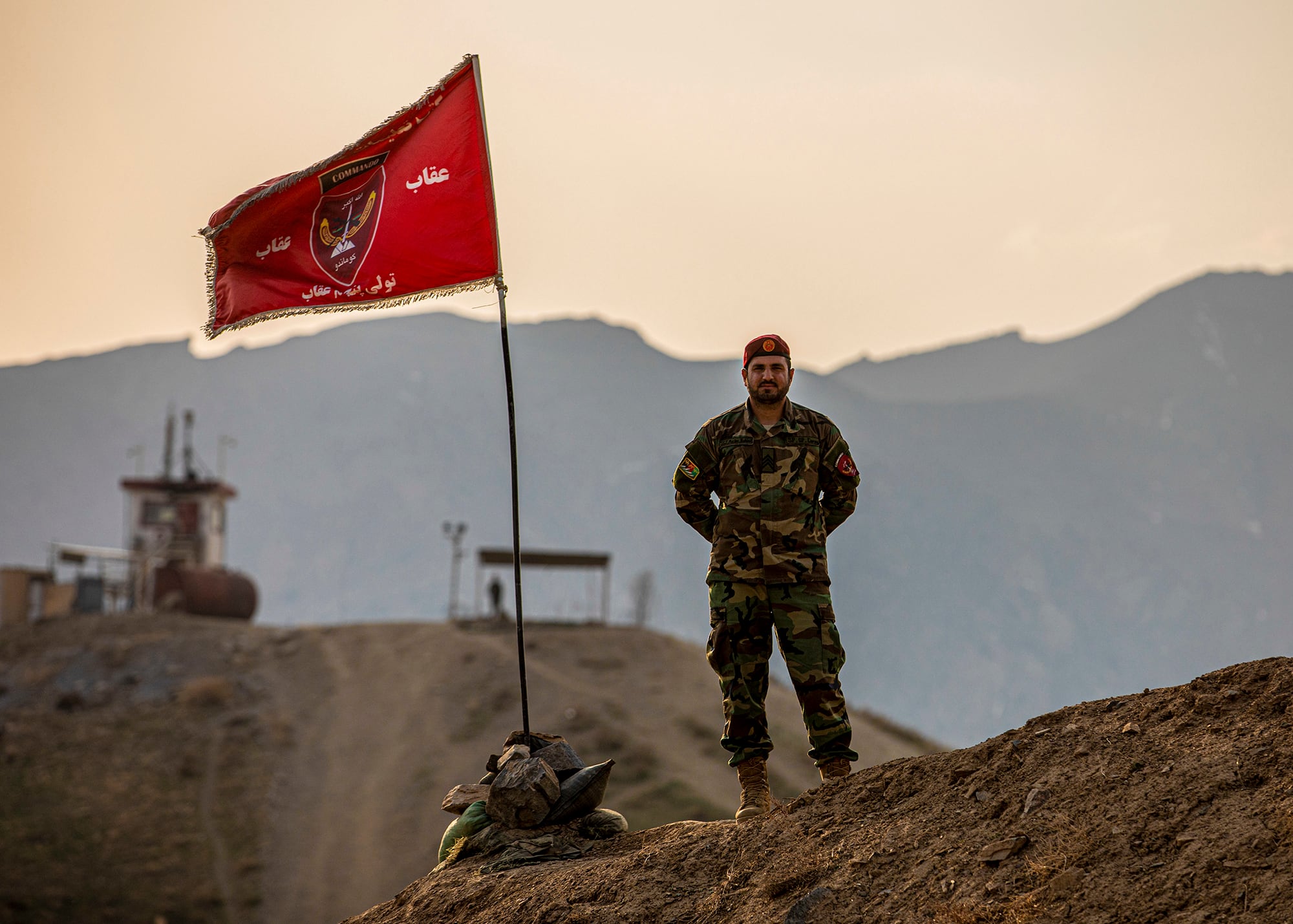With President Biden nears a decision on whether to keep American forces in Afghanistan, the president should be listening to Defense Secretary Lloyd Austin and his U.S. Central Command generals, rather than follow the Trump model of pressuring military leaders to withdrawal for political reasons — a move that would aid the foreign interests of Russia, China, Iran, and Pakistan.
America’s allies are fully united, alongside many congressional Republicans and Democrats back home, that the best way to get U.S. forces home is to broker a full-fledged peace treaty between the Afghan government and the Taliban terrorist force. To do this, the new Biden team needs to understand that, in Afghanistan, the cart actually needs to come before the horse.
In general, the presence of U.S. troops provides a major stabilizing force, not only because of the two standard tasks of supporting local forces in their engagement with enemies on top of training those forces, but also because the troops represent a political commitment from the United States — a kind of benign temporary planting of a flag, which despite conventional wisdom, actually deters local enemies more than motivating them.
Now, Gen. Scott Miller (in-country commander of U.S. and NATO forces), Gen. Frank McKenzie (combatant commander of U.S. Central Command in the Middle East), and Gen. Mark Milley (chairman of the Joint Chiefs of Staff) are asking and even insisting on a green light to take the fight to the Taliban, alongside the now surprisingly effective Afghan army.
As a former State Department official, my inclination is to be skeptical of what uniformed defense officials say. But in this case, the generals have it right.
The fact that 3,500 troops remain in the Afghan theater — instead of 2,500 as ordered by the former Trump administration — is a sign that DoD leaders have been “slow rolling” troop withdrawals ordered by the previous administration. That’s hardly new: it has happened many times in Afghanistan, Iraq and Syria.
While this may raise concerns about civ-mil fault lines, in this case, it has helped give the Afghan national forces a chance to show a surprising resolve in recent months.
If the U.S. is serious about pushing a major peace plan with the Afghans, then it had better stay the course and see them all the way through to a comprehensive peace.
Instead of leading with urgent short term plans for a slew of negotiations that the Taliban will neither participate in (nor do so in good faith, were they to participate), the U.S. and NATO — alongside the superb Afghan special forces and the better than expected regular Afghan army — need to “take the gloves off” and robustly counter the onslaught of Taliban attacks that have them in full violation of the deal they signed with the Trump administration — just like our top generals are chomping at the bit to get moving forward on, as evidenced by the reported comments from Milley at the White House last month.
Our closest allies are actually out in front of the United States, pestering us to do the right thing. Germany, only recently getting serious about robust diplomacy and use of force, is offering 1,500 additional troops. Other allies, from the British to the Danes, are also committed. And contrary to towering conventional wisdom, two decades of training Afghan forces has finally paid off. For nearly four years, Afghan special forces have been superb and fighting well fully on their own; meanwhile, even regular Afghan forces do fairly well against the Taliban these days (without U.S. help on most occasions). These developments should provide political cover back home for Biden.
Then, once the Taliban are fully rounded on in-theater, we stand a chance of getting them to commit and adhere to a ceasefire. At this stage, diplomatic proposals can be enacted, by smartly pulling in the U.N. and its new special envoy Jean Arnault (on the heels of the UN’s stunning political success in Libya) and tapping other allies to keep the minds of the Afghan and Taliban and negotiators focused in Doha, Qatar, where 12 rounds of peace talks have already taken place.
The U.S. certainly cannot expect the Afghans to enter into a “transitional government” with a Taliban force that has yet to receive even a single vote in an actual election (as the Afghan Constitution dictates). However, as the coming core bargain will likely need to entail, the Afghans can reasonably be expected to subject such a transitional government plan to a vote of the people, in return for a lasting ceasefire and serious negotiations by the Taliban.
With a more solid roadmap to peace, the U.S. can stay true to our Afghan ally and keep full military and diplomatic pressure on a Taliban terrorist force that, along with ISIS, has been assassinating major Afghan civilian leaders and violating every major provision of the deal it signed with the United States over a year ago.
This is the right way to get out of Afghanistan, and perhaps the only way.
Dr. Jeffrey A. Stacey is a former State Department official in the Obama Administration, author of the forthcoming “Joe Biden and the Fight for Global Democracy,” and United Nations consultant focused on Afghanistan (@JeffreyAStacey).
Editor’s note: This is an op-ed and as such, the opinions expressed are those of the author. If you would like to respond, or have an editorial of your own you would like to submit, please contact Military Times managing editor Howard Altman, haltman@militarytimes.com.




